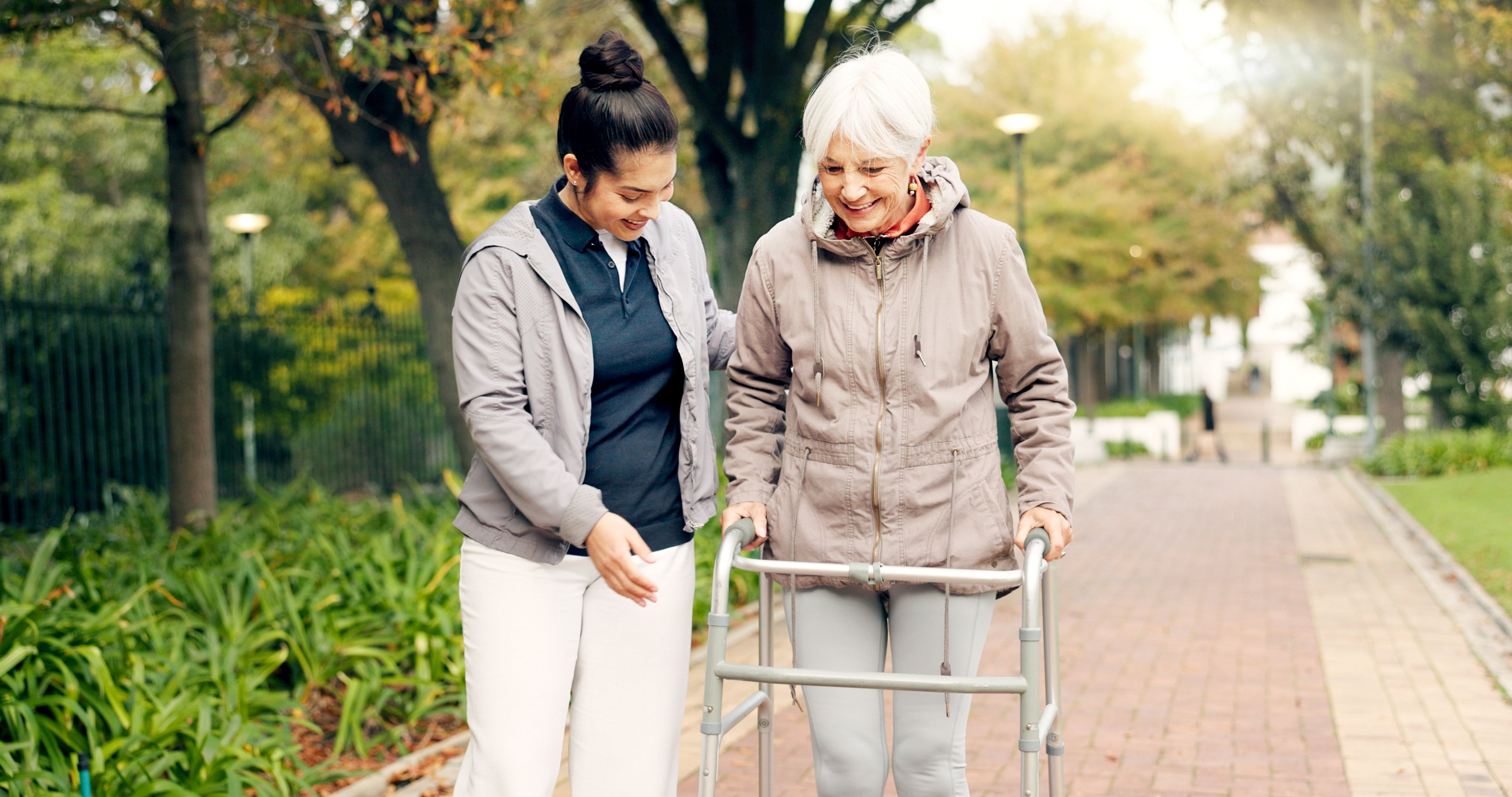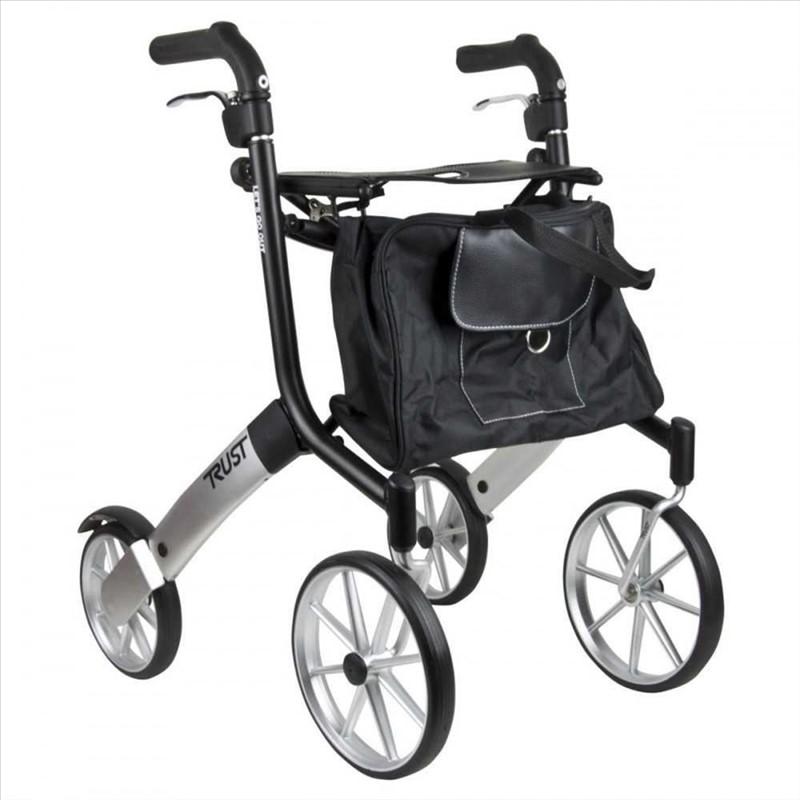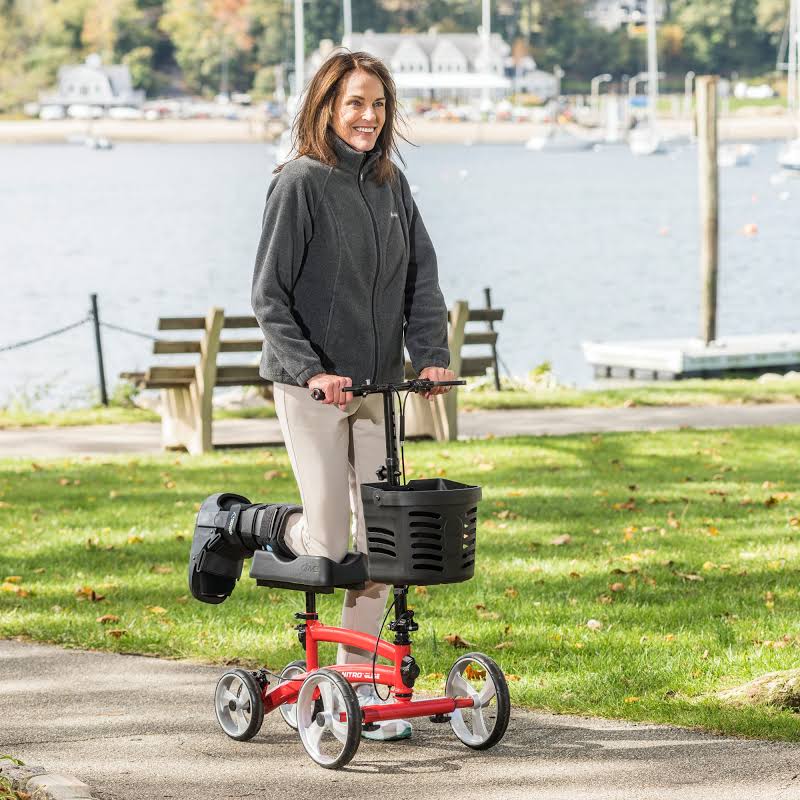Visit Us: 3737 S STATE STREET SLC, UT 84115 or Call Us: 801-906-3900
Free Shipping for Orders of $75

Walking aids are essential tools for individuals seeking additional support and stability during daily activities. Whether you’re recovering from an injury, managing a long-term condition, or simply need a bit of extra assistance, choosing the right walking aid can greatly enhance your independence and mobility. Explore our range of walking aids, including standard walkers, rolling walkers, knee walkers, and canes, to find the perfect fit for your needs.

Step into greater mobility and confidence with our Rolling Walkers and Rollators...

Introducing our Standard Walker Collection, where stability meets simplicity for enhanced mobility...

Rediscover mobility and independence with our Knee Scooter Collection, designed to provide...
Best For: Maximum support and stability for individuals with limited mobility.
Overview:
Standard walkers are designed with a sturdy, four-legged frame that provides reliable support for individuals who need assistance with balance and stability. These walkers do not have wheels, requiring the user to lift and move the walker forward as they walk. This design makes them ideal for individuals who require a high level of stability and control.
Key Benefits:
Who Should Use This?
Standard walkers are ideal for individuals who need maximum support and stability due to balance issues, weakness, or recovery from surgery. They are particularly useful for indoor environments where mobility must be slow and controlled.
Best For: Active individuals seeking mobility with added convenience and support.
Overview:
Rolling walkers, or rollators, feature a four-wheeled design with a built-in seat and hand brakes. This design allows for smoother, faster movement while providing a place to rest when needed. Rolling walkers are perfect for those who need some support but still want to maintain an active lifestyle, offering both mobility and comfort.
Key Benefits:
Who Should Use This?
Rolling walkers are suitable for individuals who can walk but need support for balance and endurance. They are ideal for active users who enjoy spending time outdoors or require a portable aid for running errands.
Best For: Users seeking the versatility of both a walker and a transport chair.
Overview:
Hybrid walkers combine the functionality of a rolling walker (rollator) with the convenience of a transport chair. These versatile mobility aids allow users to walk independently when needed and then easily convert into a transport chair when they require assistance. This dual-purpose design makes hybrid walkers an excellent choice for users who need occasional support from a caregiver or who want the flexibility to switch between walking and sitting.
Key Benefits:
Who Should Use This?
Hybrid walkers are ideal for individuals who want the flexibility to walk independently with support and occasionally need assistance from a caregiver. They are perfect for those who want the benefits of a rollator and a transport chair in one convenient device.
Best For: Individuals recovering from foot, ankle, or lower leg injuries.
Overview:
Knee walkers, also known as knee scooters, are designed for individuals who cannot bear weight on one leg due to an injury or surgery. These walkers feature a padded platform for the knee of the injured leg and handlebars for steering. By using the knee walker, individuals can move around comfortably without putting pressure on the injured area.
Key Benefits:
Who Should Use This?
Knee walkers are ideal for individuals recovering from foot, ankle, or lower leg injuries or surgeries. They provide a comfortable and convenient alternative to crutches, allowing users to maintain mobility and independence during recovery.
Best For: Individuals needing minimal support and assistance with balance.
Overview:
Canes are simple yet effective walking aids designed to provide a single point of support for individuals who need minimal assistance. They are lightweight, portable, and come in various styles, including straight canes and quad canes with four-point bases for added stability. Canes help distribute weight away from the lower limbs, making walking easier and more comfortable.
Key Benefits:
Who Should Use This?
Canes are suitable for individuals who require minimal support for balance or stability. They are ideal for those who need occasional assistance, such as during recovery from minor injuries or when navigating uneven surfaces.
When selecting a walking aid, consider the following factors:
